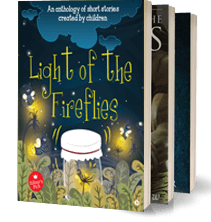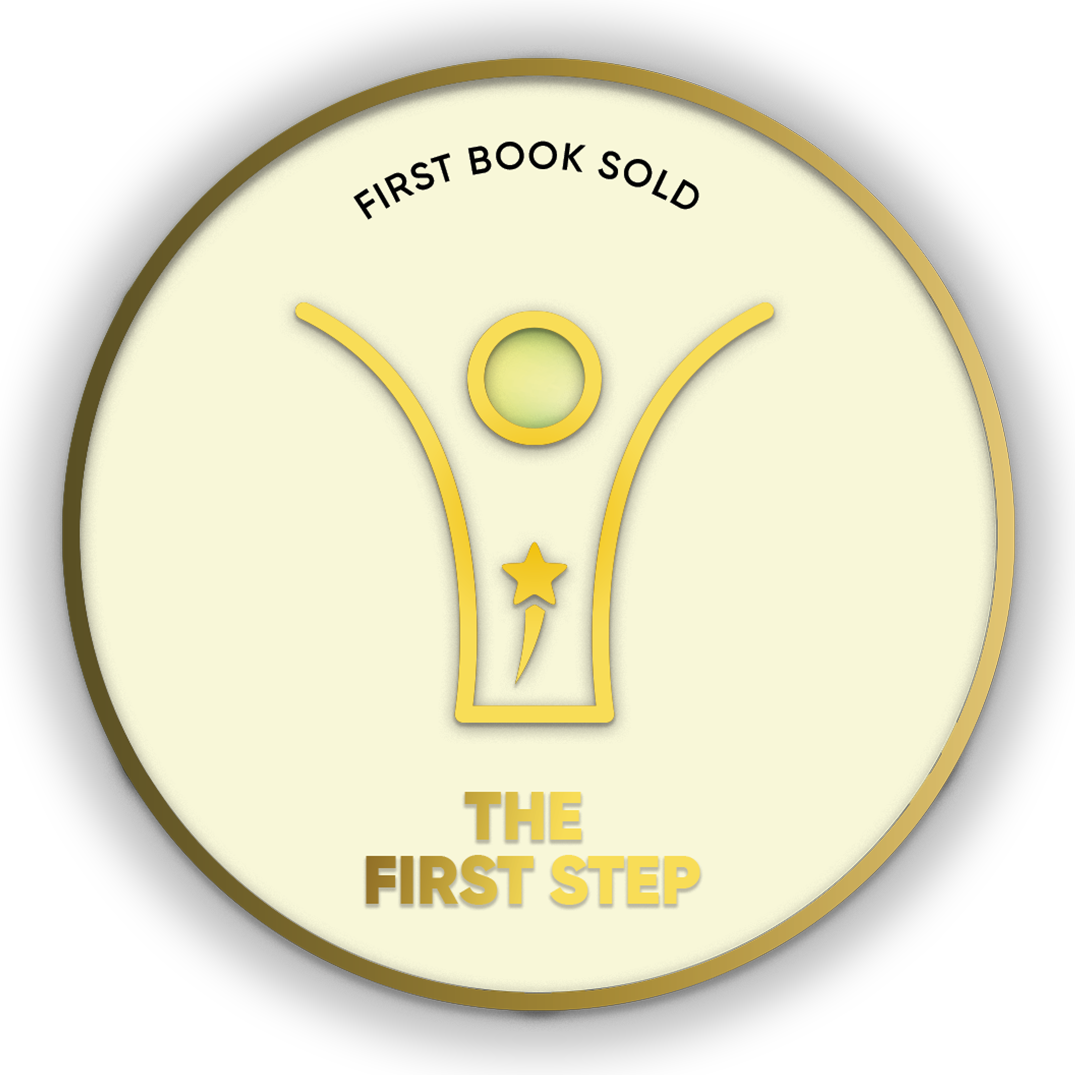
- Discover books
- For Writers
-
For Writers
-
Indie Author Championship
-
Challenges
Writing Contests
- Get Started

"It was a wonderful experience interacting with you and appreciate the way you have planned and executed the whole publication process within the agreed timelines.”
Subrat SaurabhAuthor of Kuch Woh Pal -
anusha suryavanshi
Researcher of Material Electronics, embeded system, micro controllers, VLSI and Undergraduate StudentsMiss Anusha Suryavanshi project associate an under graduate student of E&C (Electronics and Communication Department). Synthesized several hybrid pervoskite nanocomposites and studied for their electronic properties. Her area of interest if Organic Photovoltaic Materials, Organic semiconductors, Field effect transistors, development of smart materials etc. Fluorescene and Electrochemical biosensors development of novel molecules, their property studies etc. Mainly she is working in the field of organic semiconductors, transistors, diodes and their utilization in the devices, development oआणखी वाचा...
Miss Anusha Suryavanshi project associate an under graduate student of E&C (Electronics and Communication Department). Synthesized several hybrid pervoskite nanocomposites and studied for their electronic properties. Her area of interest if Organic Photovoltaic Materials, Organic semiconductors, Field effect transistors, development of smart materials etc. Fluorescene and Electrochemical biosensors development of novel molecules, their property studies etc. Mainly she is working in the field of organic semiconductors, transistors, diodes and their utilization in the devices, development of biomedical electronics. Presently she is pursuing BE From Visveshwarayya Technological University in the Electronics and communication department of Jain College of Engineering and Technology, Hubli. Member of prestigious bodies like Indian Chemical Association, American Nano chemical Societies, British Medical Association and many more. Working in the material chemistry division Sponsored Project. Her Core Research Includes Properties the Perovskite Materials Used in Sensor Applications.
कमी वाचा...Crop your profile image

Electronic Properties of Rare Earth Nanomaterials-Concise and Novel Approach
Books by Dr. Vinayak Adimule, Miss Anusha S Suryavanshi
The work describes about the in detail and the use different nano composites of Sr, Co and Y and their applications related to fabrication of the CMOS Perovskite, synthesis and electrical, electronic properties of the fabricated device. These perovskite nanocomposites are synthesized by co precipitation method using suitable surfactants and the different compositional hybrid materials are prepared, characterized by SEM, HRTEM, XRD and other related spectroscopic
The work describes about the in detail and the use different nano composites of Sr, Co and Y and their applications related to fabrication of the CMOS Perovskite, synthesis and electrical, electronic properties of the fabricated device. These perovskite nanocomposites are synthesized by co precipitation method using suitable surfactants and the different compositional hybrid materials are prepared, characterized by SEM, HRTEM, XRD and other related spectroscopic studies. The powders of nanomaterials were fabricated over different devices and in different thickness and studies for various electrical and electronic properties. The properties envisaged by the authors and studies are semiconductor IV, CV, Pulse Characteristics. Initially the oxidation and reduction potentials are measured with the help of cyclic voltammetry and band gap of the semiconductor device is calculated. These nanocomposites are also studies for dielectric constant, gas sensing properties, OFET and MOSFET characteristics, and ITO/FTO fabricated device is investigated for the solar cell device properties under different sun illumination. Some of the nanocomposites were also studied for their antibacterial properties.
AMBA-AHB Architecture in VLSI Design
Books by Anusha Suryavanshi, Dr. Vinayak Adimule
The work describes about the AMBA-AHB architecture in detail and the use of AMBA in ASIC design, applications related to fabrication of the CMOS and synthesis of the fabricated device. The APB architecture is well used in the process of read and writes methods of debug of the system and the verification has been carried out using Verilog HDL. The different multiple split transfer buses are used in the conversion of output signals using the verification method and
The work describes about the AMBA-AHB architecture in detail and the use of AMBA in ASIC design, applications related to fabrication of the CMOS and synthesis of the fabricated device. The APB architecture is well used in the process of read and writes methods of debug of the system and the verification has been carried out using Verilog HDL. The different multiple split transfer buses are used in the conversion of output signals using the verification method and the subsequent its application in the VLSI design. The entire process is verified through RTL coding for the input slaves and the output. Different slave operations were used to verify the programme embedded in the architecture. The book describes the various methodologies incorporate in the process of usage of the AMBA-AHB architecture using Verilog HDL in the entire VLSI design.

Are you sure you want to close this?
You might lose all unsaved changes.
Select from one of our global stores to continue
 India
India
 Malaysia
Malaysia
 Singapore
Singapore
 UAE
UAE
Warning Message
The items in your Cart will be deleted, click ok to proceed.










